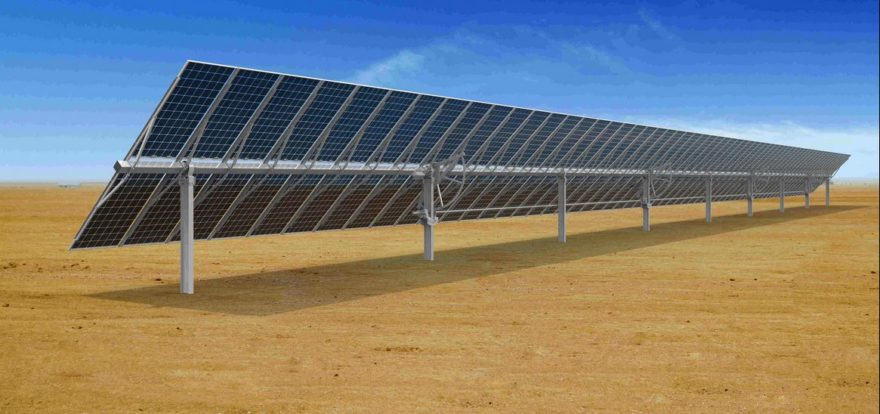The Solar Energy Technology group awarded $50,000 to five groups for most accurately predicting solar generation data over a four week period, at ten geographically diverse sites across the US.
March 30, 2022John Fitzgerald Weaver
Five teams have each been awarded $50,000 to continue work on solar forecasting as part of the America-Made Challenges being run by the US Department of Energy. Two runners-up were awarded $25,000 each, for a total of $300,000.
Winners were decided by the Solar Energy Technology (SETO) group, run by the National Renewable Energy Laboratory. This program builds on the 2018 program of a similar name.
The winning teams submitted day-ahead solar forecasts for ten predetermined locations, every day for four weeks. The winners were those who had the highest levels of accuracy during the period, and presented the best plans for moving their technologies forward. The results of these projections can be found here.
The winners of the 2022 Solar Forecasting awards are:
You can follow the ongoing competition here.
A great example of the value of forecasting solar, and wind, could be found recently in the Texas ERCOT power grid region.
On March 17th, ERCOT was 71% powered by CO2 free electricity. However, on March 16th, wind generation dipped from 26 GW of power to below 5 GW of power just as the sun was setting and solar was falling. During this period, fossil gas generation increased from about 10 GW of capacity to almost 25 GW before aggressively scaling back as wind generation returned on the 17th.
Of course, every single day in California has a massive solar power ramp in the morning, which later decreases – by double digit of gigawatts of output – in the afternoon.
The five winning teams came from private and university settings. Nimbus AI, CLaSP, and WenYuan-Tang were university teams – from University of Hawai’i, University of Michigan, And North Carolina State University, respectively. Northview Weather and Leaptran teams were private ventures.
Nimbus AI combines ground based historical data with up to date satellite based data and physics based weather predictions – plus some machine learning – to make probabilistic forecasts. A slightly more in depth description of their work can be found here.
The CLaSP team uses a two part model. First, they collect large scale weather conditions and satellite cloud imagery, then complement that with ‘exogenous and endogenous variables to train a regression model to forecast solar irradiance in one to eight hours.’
WenYuan Tang is a researcher focused on electricity markets, data analytics, machine learning, and power system optimization. Tang and his team developed a solar forecasting and grid optimization tool that draws on data from several base models, physical models and statistical models. Their simple, effective methods produce accurate solar forecasting despite low data and computational costs.
Northview Weather’s renewable energy software uses “an ensemble weather forecasting approach, which allows for richer information on possible outcomes and improved forecast accuracy.” It does this by using a mesoscale weather forecast model to generate probabilistic solar forecast information, which they then combine with statistical information and machine learning of historic sky cover observations.
Leaptran produces intelligent control systems that manage large buildings and microgrids, using AI and data-driven algorithms to predict loads and adapt to changes in the environment. Their solar forecasting team combined crowd-sourced weather data and algorithms, site-specific data to produce intra-day and days-ahead solar predictions.
This content is protected by copyright and may not be reused. If you want to cooperate with us and would like to reuse some of our content, please contact: editors@pv-magazine.com.






















Recent Comments